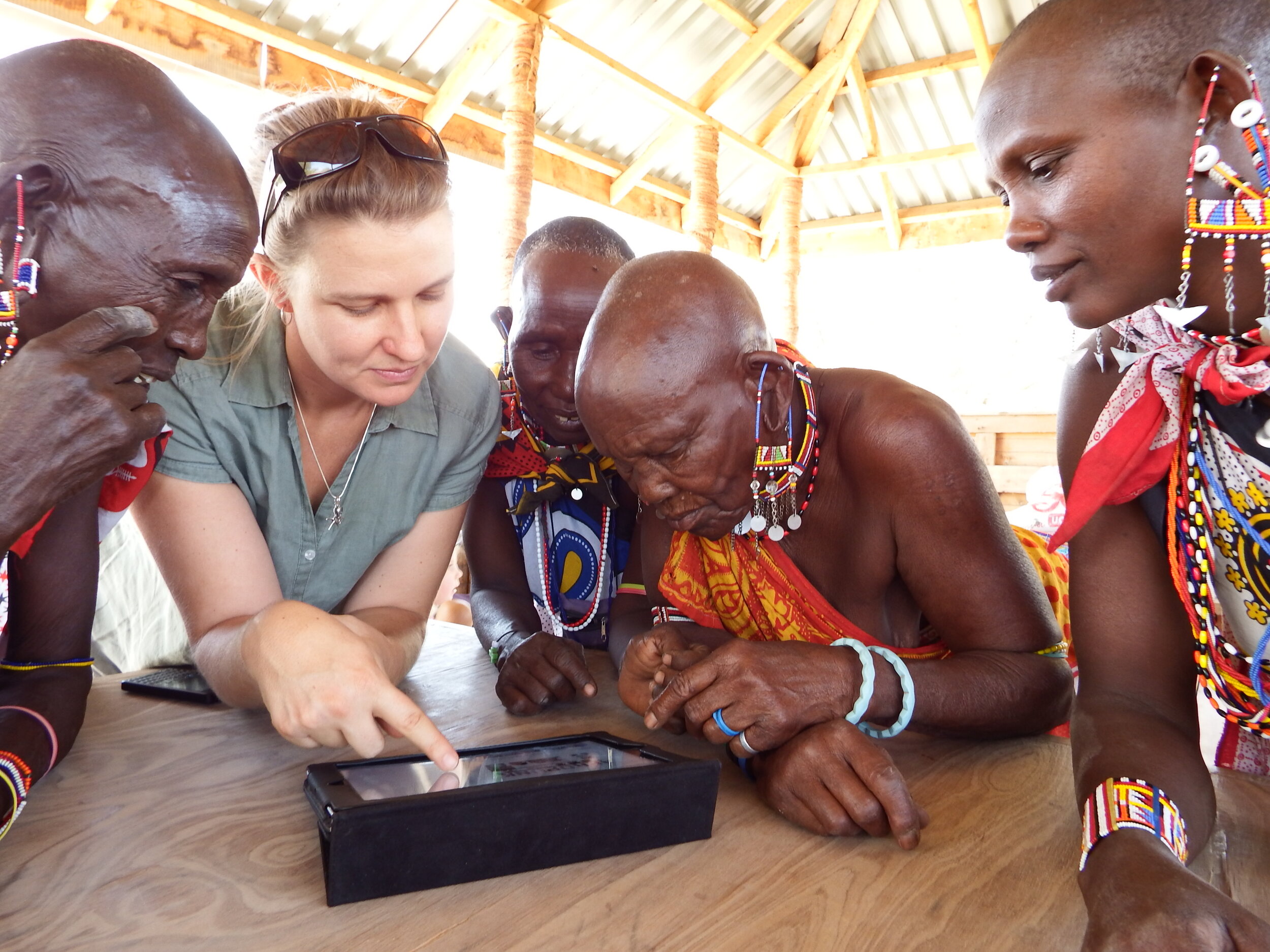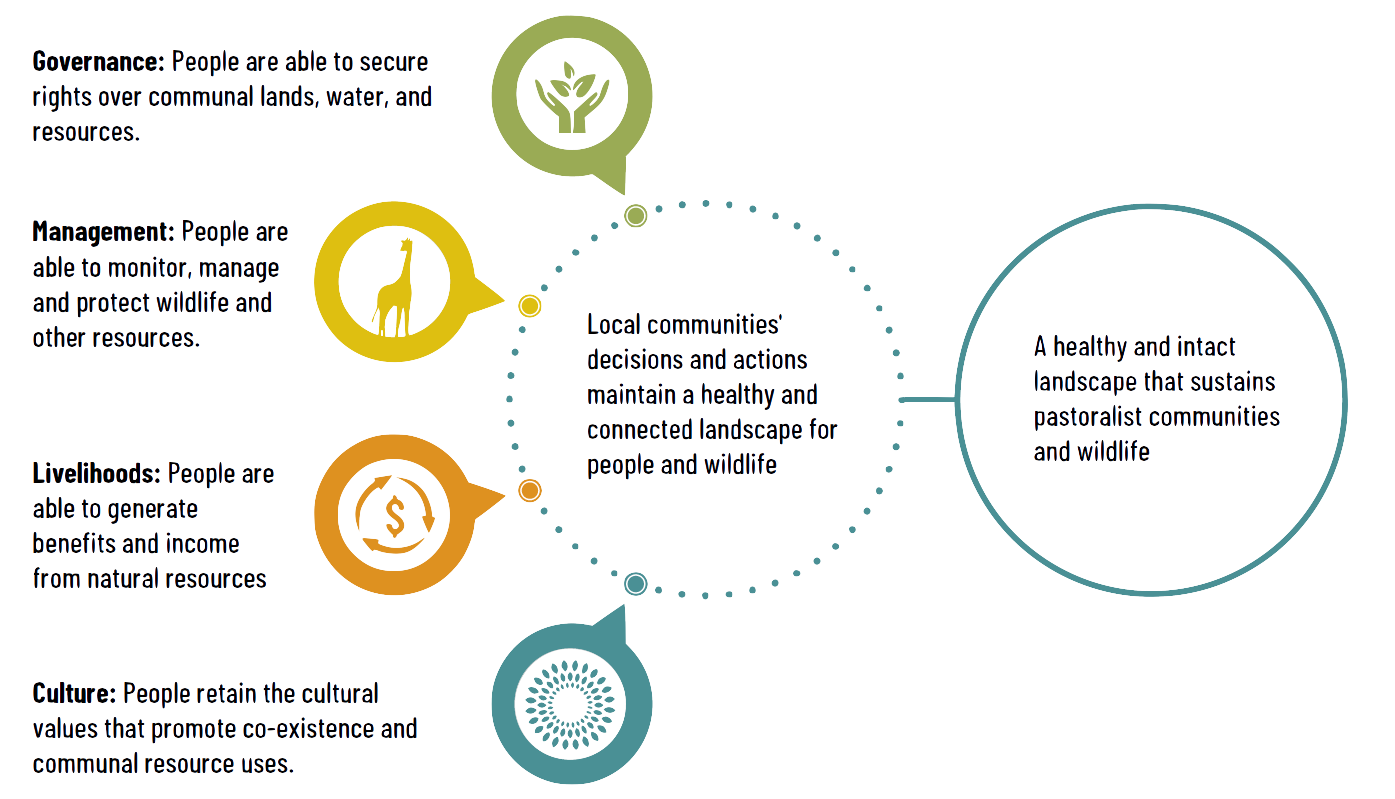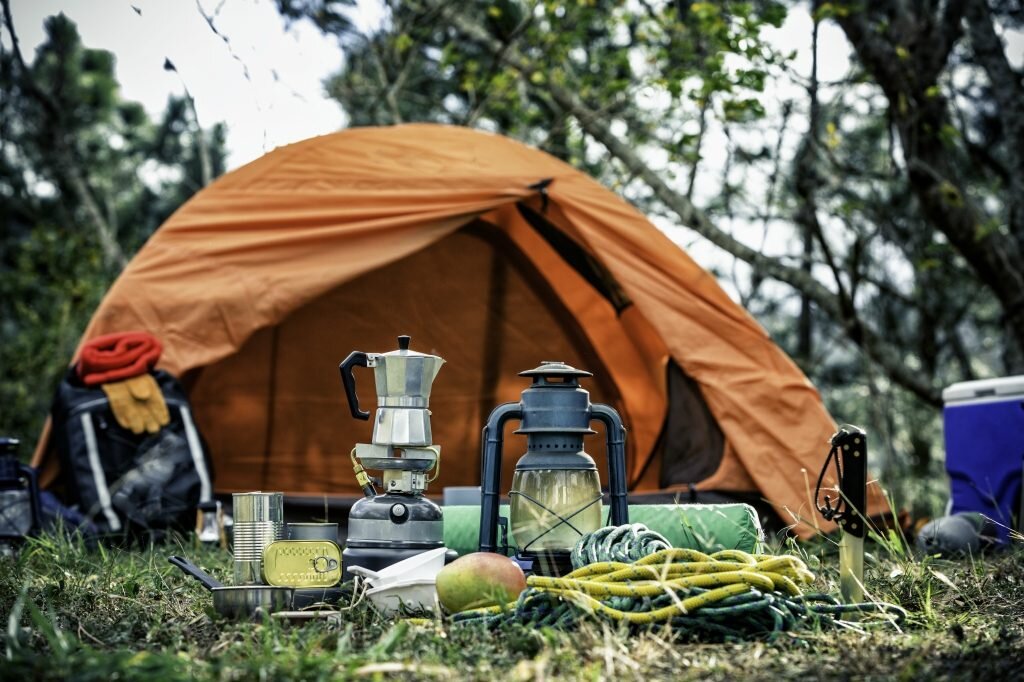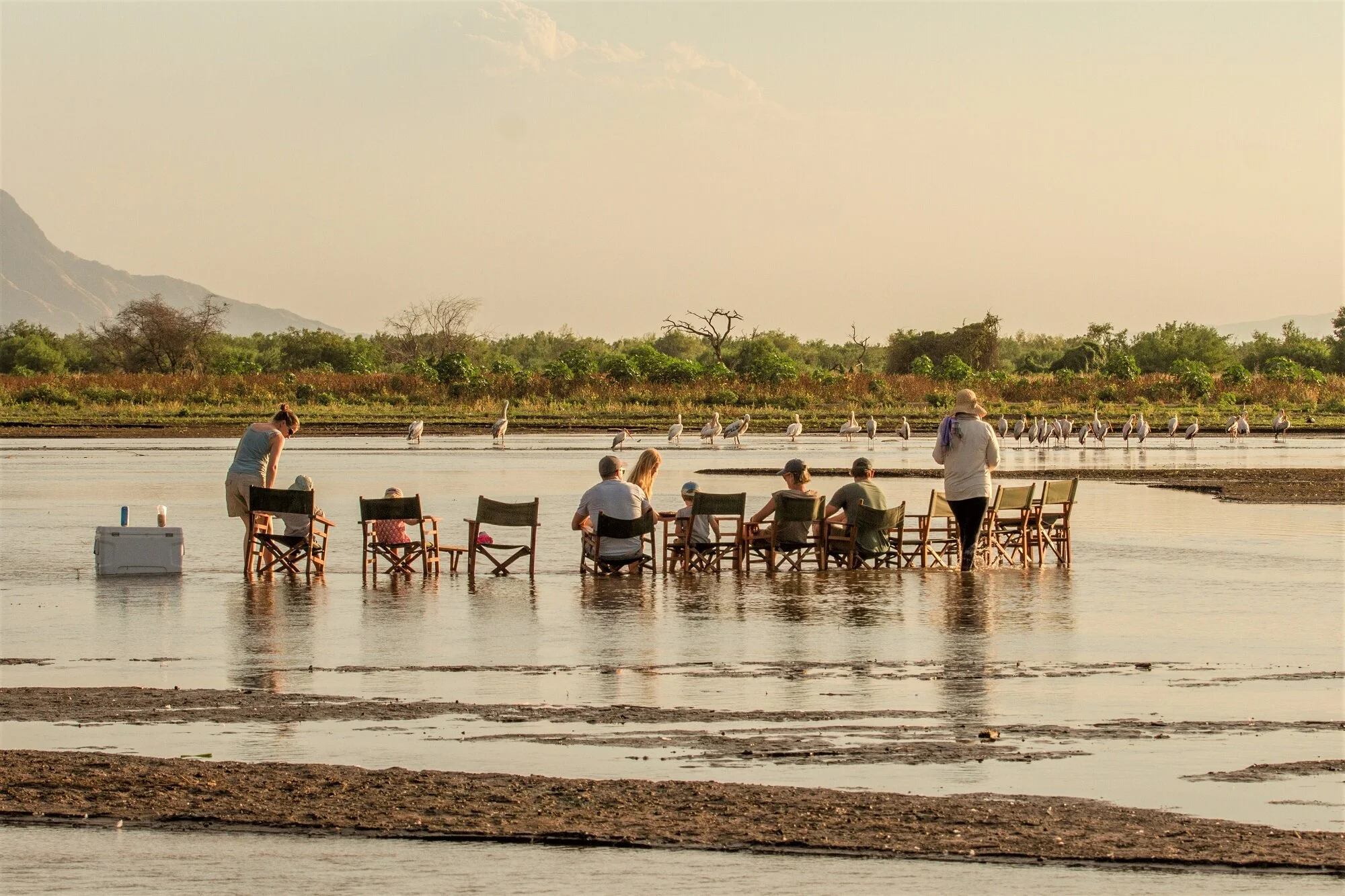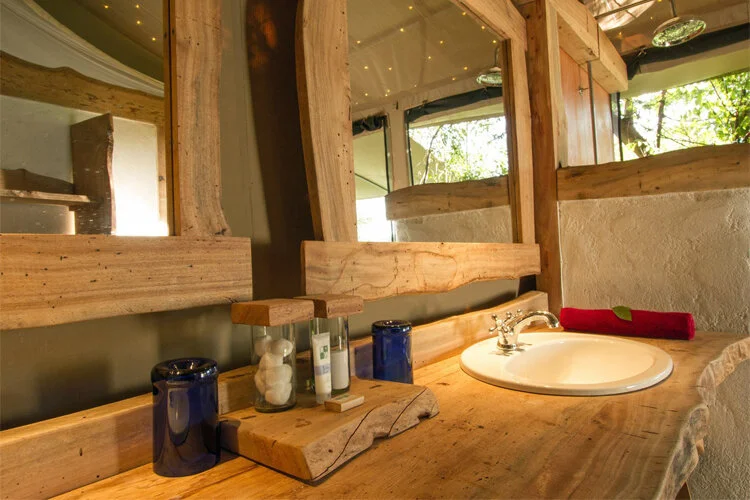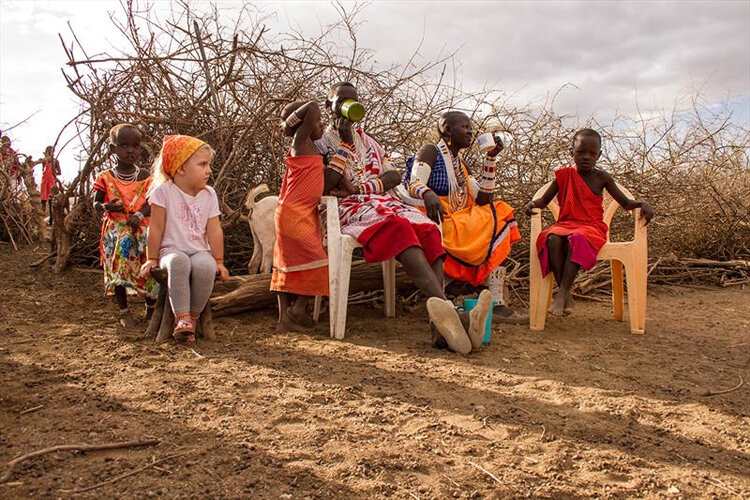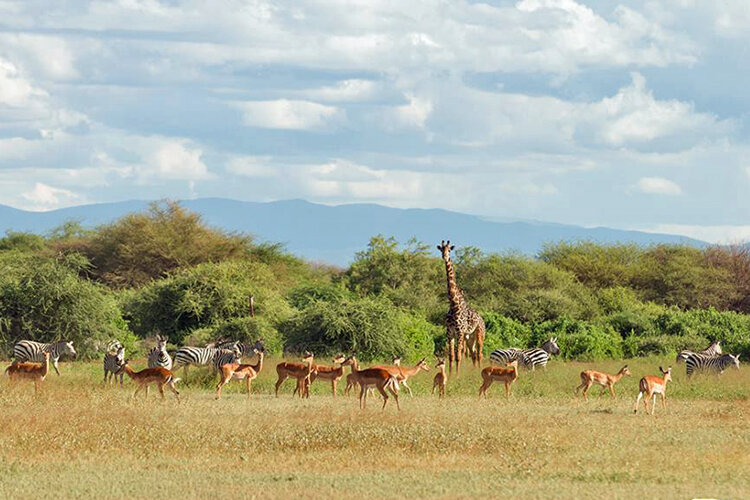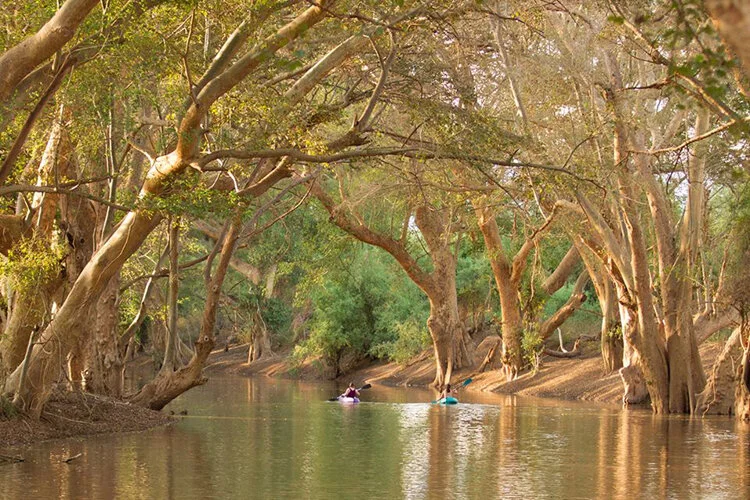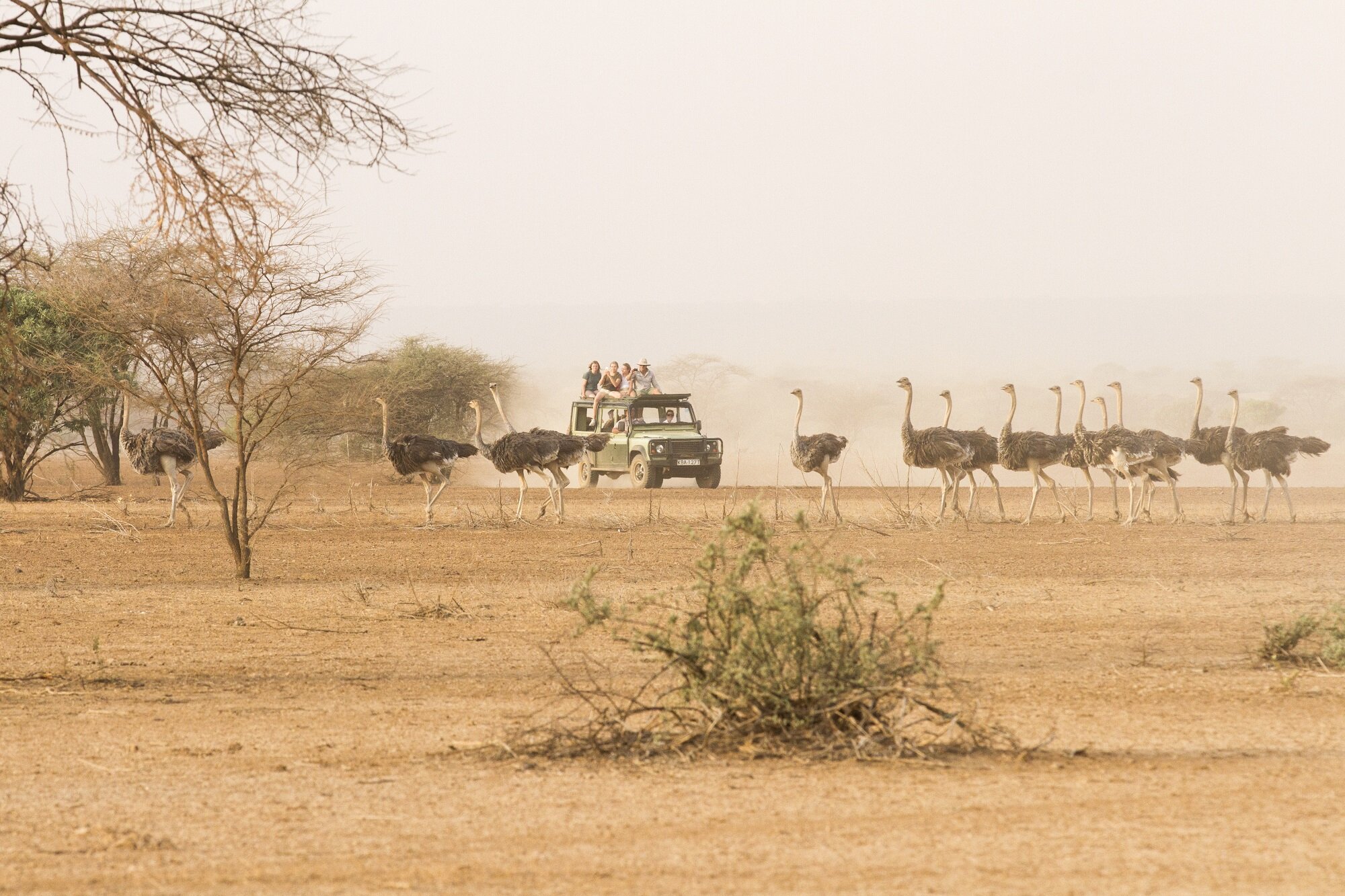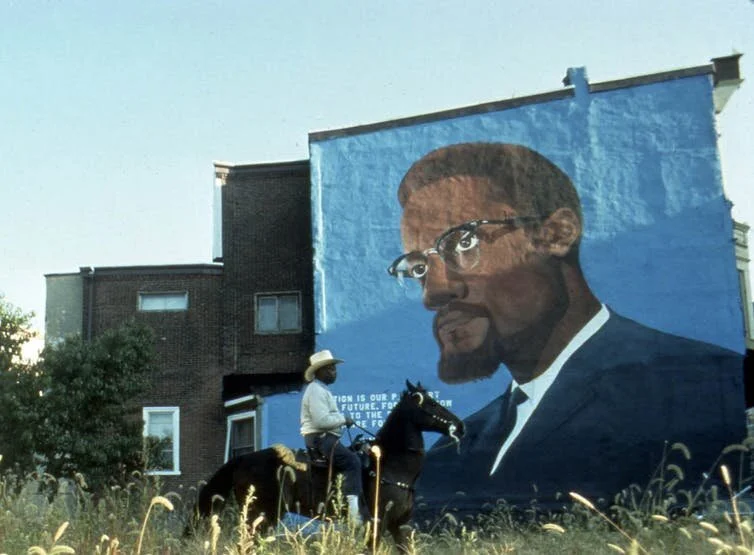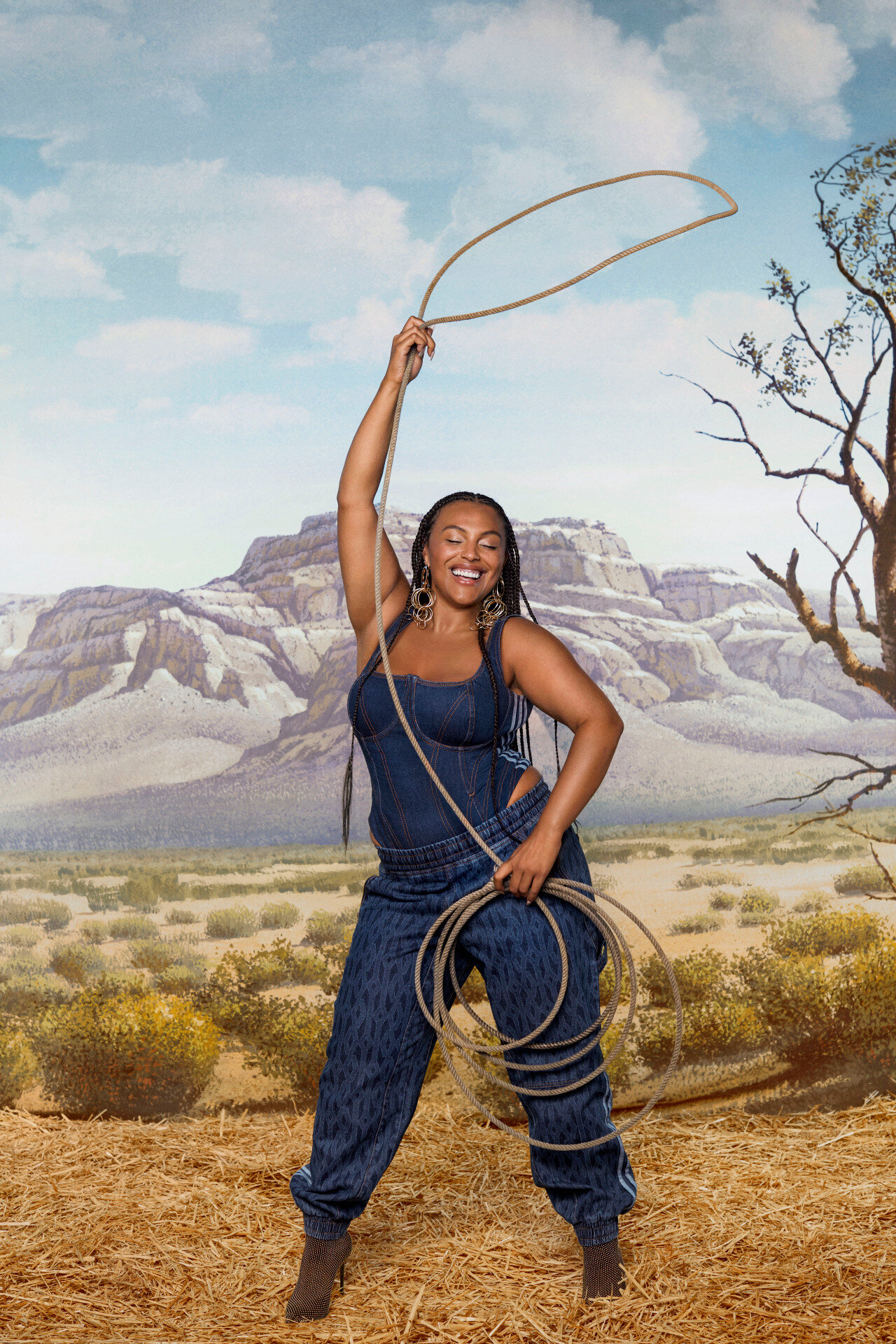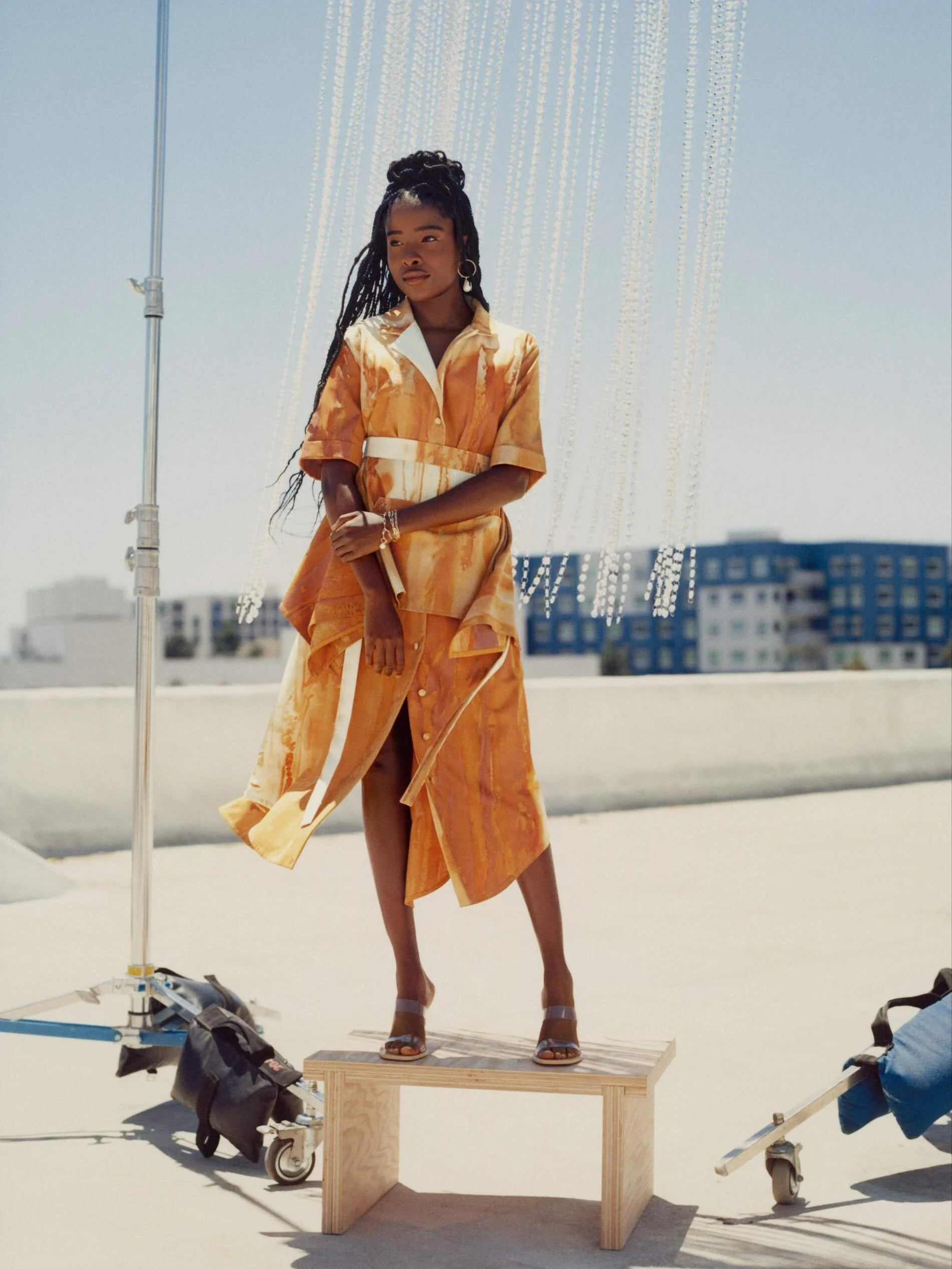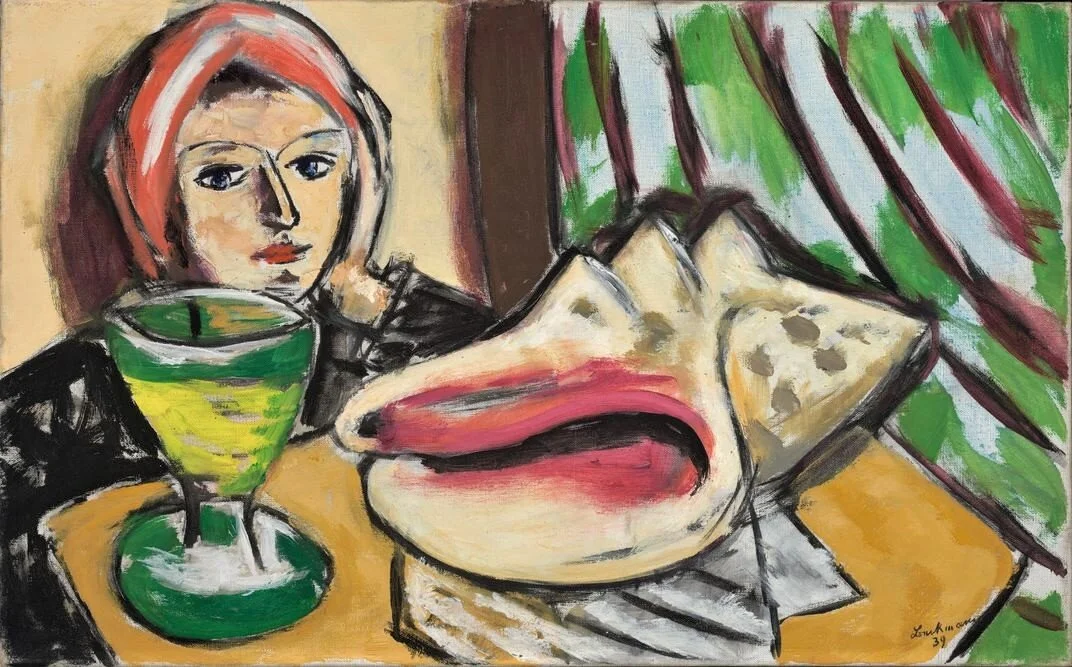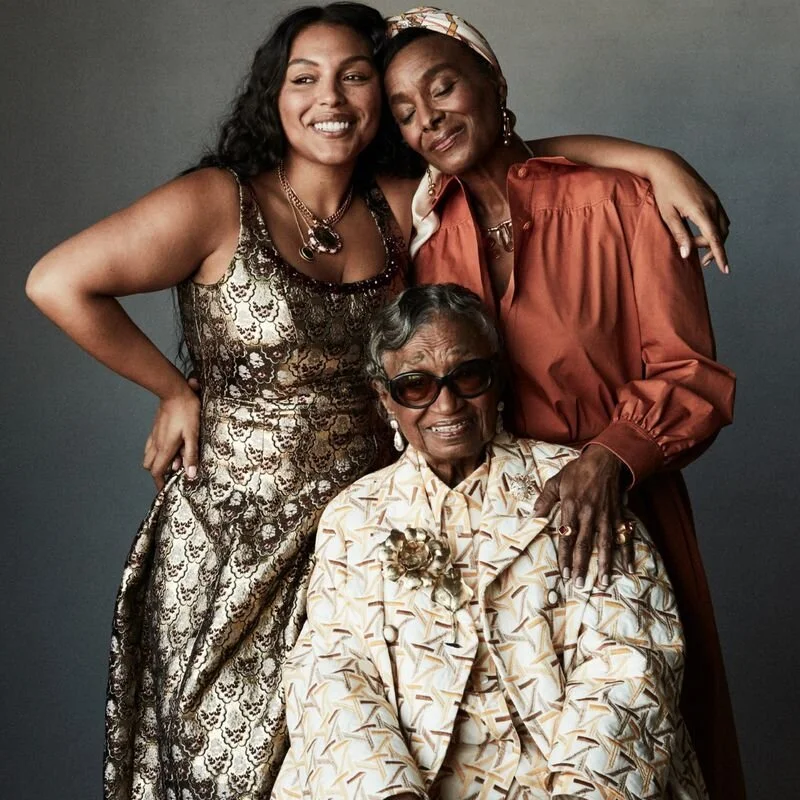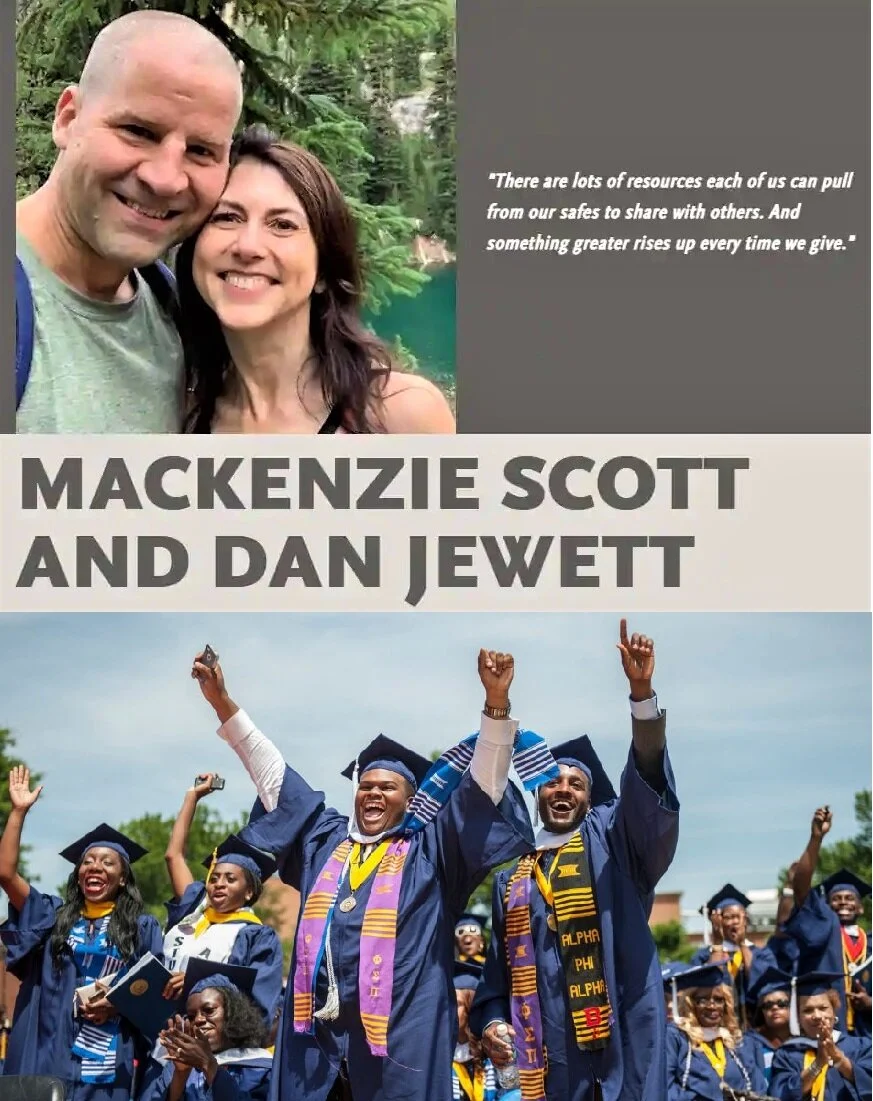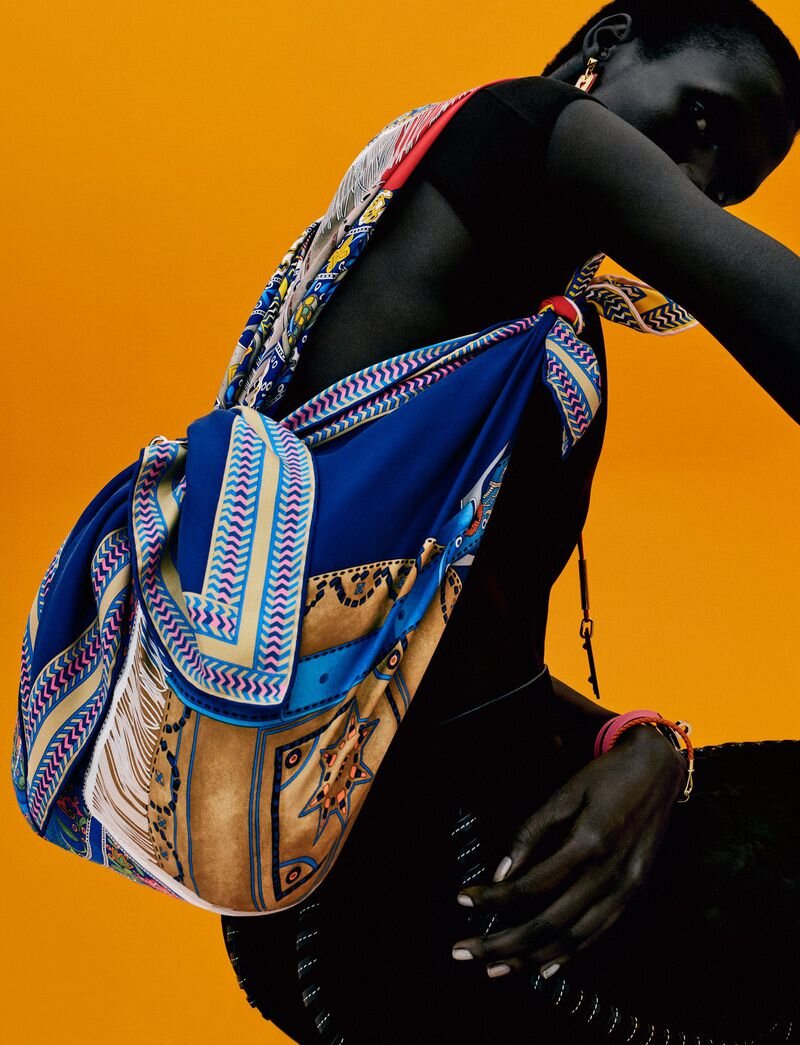In Kenya's SORALO and Shompole Lands, Samantha du Toit Takes Us to the Great Rift Valley
/Samantha du Toit at the Lale’enok Resource Centre, Kenya
Samantha du Toit (formerly Russell) was born and raised in Kenya. After completing secondary school in Nairobi she went to England to study Zoology and Psychology at Bristol University in England
Upon returning to Kenya, du Toit went straight into working in wildlife conservation with Dr. David Western, founder of the African Conservation Centre. Her first major task was to establish the baseline monitoring of the Shompole and Olkiramatian ecosystem, over eight years ago.
Today the Shompole Conservancy is a large privately operated conservation area in the south of the Great Rift Valley, Kenya. It is located between Lake Magadi to the north and Lake Natron to the south, on the border between Kenya and Tanzania. The conservancy was registered in 1979 and is owned by the Loodokolani Maasi with over 2000 registered members representing around 10,000 Loodokilani Maasai dependents.
Shompole and Olkiramatian are two of four group ranches in Magadi Division, along with Ol Donyo Nyoike and Ol Keri.
Today, Samantha du Toit can be found at the Lale’enok Resource Centre, which she helped establish and now plays a major role in its operations. Or we might find her in the Nairobi SORALO office, helping to manage the affairs of the South Rift Association of Land Owners. This network of shared goals and objectives operates with complementary decision-making and objectives.
The South Rift Association of Landowners (SORALO) is a collective of 16 Maasai-owned group ranches that have come together to protect the free movement of both people and wildlife in southern Kenya. The vast amount of SORALO-owned lands have not been fenced, as they are on other Kenyan rangelands. Spanning about 10,000 square kilometers (3,800 square miles) between Kenya’s Amboseli National Park and Maasai Mara National Reserve, the SORALO territory is home to a quarter of a million people and some of the planet’s most diverse and abundant populations of large mammals.
John Kamanga is a co-founder and director of SORALO, serving in the unique position of creating success in the wildlife coexistence crisis with the benefit of a traditional pastoralist upbringing, anchored also in a education in both community development and anthropology. Two decades ago, Kamanga was elected as leader of his Maasai community (the people of Olkiramatian) and brings an invaluable perspective to strategic development.
Guy Western, coordinates a SORALO program called Coexistence for Conservation, and a sub-project ‘Rebuilding the Pride’. Western recently completed his Ph.D. at Oxford University, where his dissertation asked how different contexts, from political situations to cultural traditions, affect the way people across Africa get along with lions.
“Here people’s views of wildlife are not negative,” Western says. “If a leader sees there’s no wildlife, fundamentally he views that as a problem.”
The shared-spaces conflicts between Africa’s pastoralists, farmers and its wildlife — coupled with a growing birthrate — presents dire challenges to practitioners committed to coexistence.
A 2016 paper found that livestock numbers — in particular sheep and goats, not cattle — had increased dramatically in Kenya’s rangelands since 1977. Meanwhile, wildlife suffered “relentless, pervasive and catastrophic” losses, with populations of counted species declining by an average of 68 percent over the same period.
As a result, livestock biomass was 8.1 times greater than that of wildlife in 2011–2013 compared to 3.5 times in 1977–1980. Facing these devastating statistics head-on, SORALO believes that achieving its vision of healthy, intact, landscapes that benefit people and wildlife requires addressing four key areas of intervention, expanded upon in our Theory of Change below.
Improving rangelands governance by securing communal lands, water and natural resources through appropriate local tenure arrangements.
Improving natural resource management and conservation efforts to monitor, manage and protect wildlife and other resources.
Generating benefits and increased income through sustainable natural resource-based enterprises that improve local livelihoods and create incentives for conservation.
Promoting cultural values and practices that promote co-existence of people and wildlife.
“SORALO’s work faces serious obstacles, but, succeed or fail, its implications extend well beyond Kenya,” wrote Michael Parks in February 2019. Parks produced an exceptional piece of journalism Kenya: Maasai herders work to keep themselves and wildlife roaming free, as part of Mongabay’s Series: Indigenous Peoples and Conservation."
This exceptional article will give you many insights into the challenges and solutions to Kenya’s people and wildlife conflicts. It’s not smooth sailing at all and to keep AOC on an upnote — on a day when I expect House Speaker Nancy Pelosi to call for an official impeachment inquiry of the US President in about two hours — let me return to the light-hearted story that delivered us to SORALO in the first place.
“Proper Camping” with Samantha du Toit
I found Samantha du Toit in a blog post about “proper camping” on Nomad Magazine.
In the world of luxury glamping, “proper camping” has a certain ring to it, an air of romance and roughing it luxury. That Robb Report vision dissolved in an instant, and I realized that this form of camping was “real deal” camping in Kenya with Samantha’s two children Seyia and Taru, husband Johann, and Auntie and Uncle “who were joining our birthday fun.”
Preparation started with digging out old tin trunks full of slightly rusty pots and pans, dusting out camping tents, relocating the grill, deciding on bedding options and, of course, creating campfire-friendly food menus. At last, with the car heaving under the weight of our outdoor equipment, we set off to our new campsite; a short journey of a mere kilometre or so from camp but, nonetheless, a different world
The evening meal brought a small family of elephants making their way carefully down to the river to drink, a moment of exquisite nirvana and I don’t mean a rock band.
In the morning we started our day by reading the ‘morning news’ or in other words, looking for who had come to drink in the night. A plethora of tracks greeted us including leopard, hyena, various gazelles and a porcupine. Seyia shrieked with surprise when she noticed our washing up sponge in the bushes with a few chunks missing from it. A hungry genet had done that, we all assumed. As we stood and turned around from the river to walk back to the campsite, we gasped to see a lioness with her four small cubs looking at us, very surprised to see us on their way to drink. She stared at us for what seemed like a long time, but in reality was probably a split second, before heading off at a fast trot in the opposite direction. Her cubs followed, and we could track their progress away from us by the warning calls of the baboons and vervet monkeys.
Fulfilled in a day of swimming by the river, relaxing and swimming, the small entourage packed up their proper camping gear and headed home. Reaching the end of Samantha’s too short blog post, I noted that the family returned to main camp, leaving me intrigued..
Now on my own inquisitive writing and learning journey, I focused first on Samantha du Toit’s (Sam’s) work at SORALO and Lale'enok, and we will return again in the coming weeks. I admit that after reading the almost lyrical descriptions of moments spent a mere mile away from the “main camp”, I’m curious to get us to Shompole Wilderness .
Oh yes, Yes, indeed. Shompole Wilderness is described as a small luxury tented camp nestled in the shade of giant fig trees on the banks of the Ewaso Nyiro River in the Shompole Conservancy on the bottom of the Great Rift Valley. In a bigger picture, Shompole Wilderness is situated between Amboseli National Park and Maasai Mara National Reserve.
The camp has 4 Private tents on wooden decks, all secluded from each other and having verandas overlooking the river.
